
Find Help
More Items From Ergsy search
-

What if my mammogram results are abnormal?
Relevance: 100%
-

Mammograms
Relevance: 62%
-

What is a mammogram?
Relevance: 58%
-

What is a mammogram?
Relevance: 57%
-
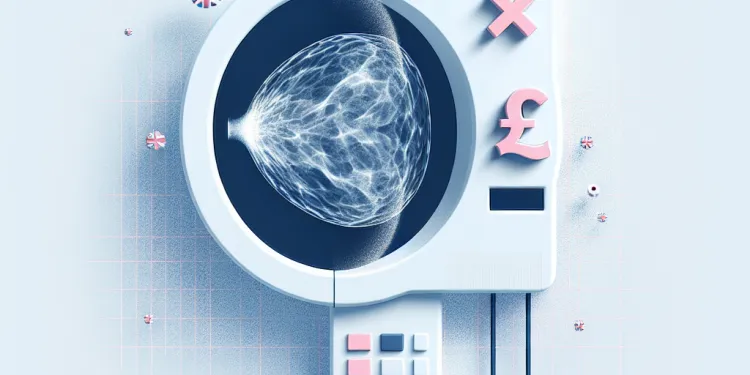
What happens during a mammogram?
Relevance: 55%
-
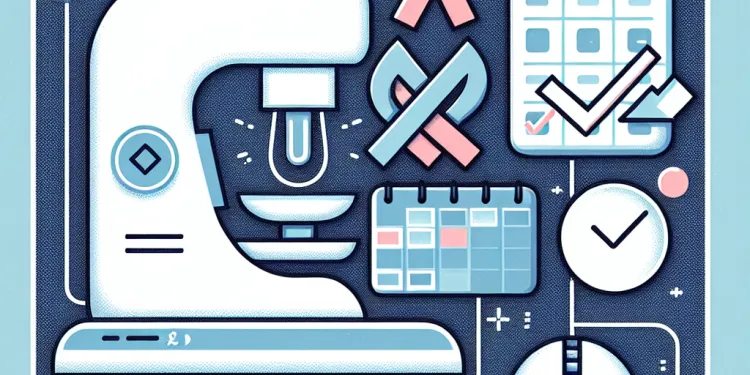
How do I book a mammogram?
Relevance: 51%
-

How reliable are mammograms?
Relevance: 50%
-

How do I prepare for a mammogram?
Relevance: 50%
-
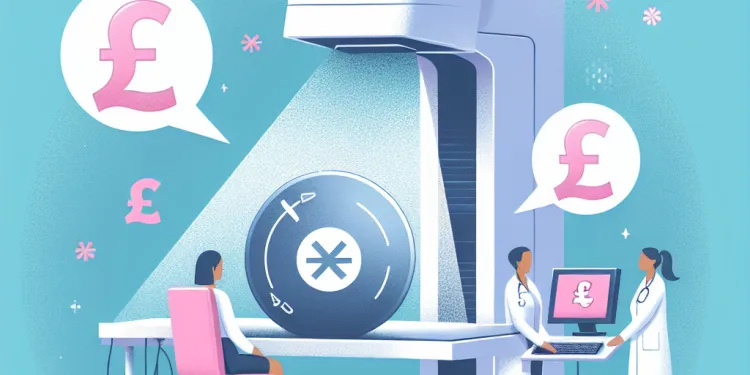
Are there any risks associated with mammograms?
Relevance: 49%
-

What steps should I take if a screening test shows abnormal results?
Relevance: 47%
-
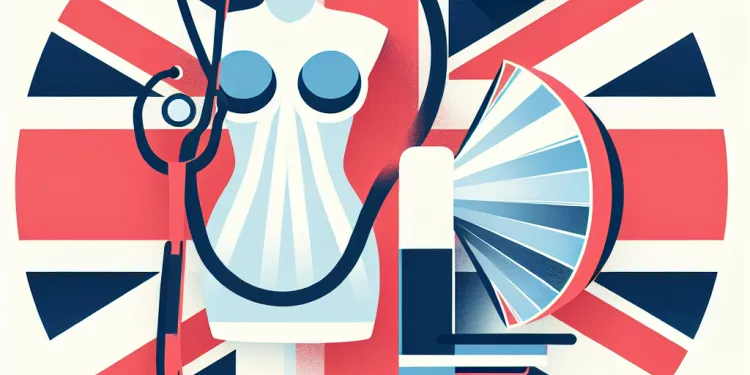
Can I have a mammogram if I have breast implants?
Relevance: 46%
-

Is a mammogram painful?
Relevance: 45%
-

How often should I get a mammogram?
Relevance: 44%
-

Can men have mammograms?
Relevance: 43%
-

Are mammograms free on the NHS?
Relevance: 42%
-
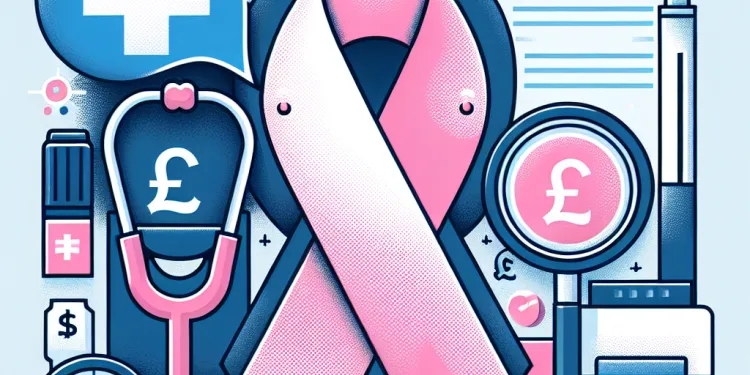
At what age should I start having mammograms?
Relevance: 41%
-

What are the benefits of regular mammograms?
Relevance: 39%
-

Is my abnormal heart rhythm dangerous?
Relevance: 36%
-

Is my abnormal heart rhythm dangerous?
Relevance: 35%
-

NHS breast cancer screening
Relevance: 33%
-

Tower Hamlets breast screening programme
Relevance: 32%
-

Other Things You Need to Know About Breast Screening
Relevance: 30%
-
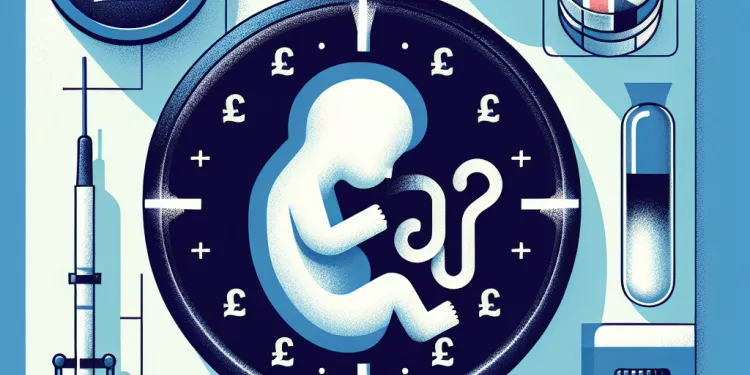
How long does it take to get results from a womb lining test?
Relevance: 27%
-
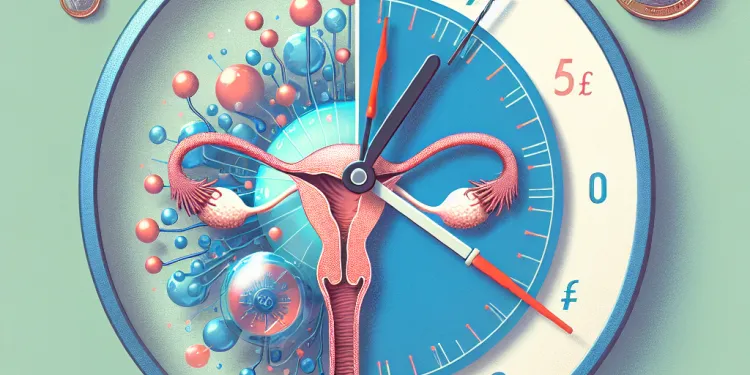
How long does it take to get results from a womb lining test?
Relevance: 26%
-
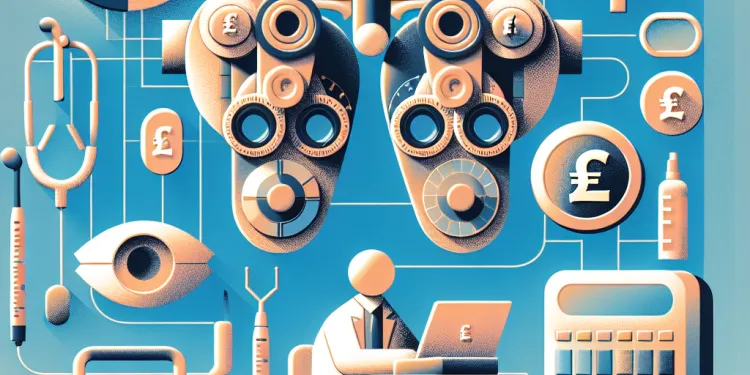
Should I share the results of my self-tests with my eye doctor?
Relevance: 24%
-

How long do the results of a facelift last?
Relevance: 23%
-
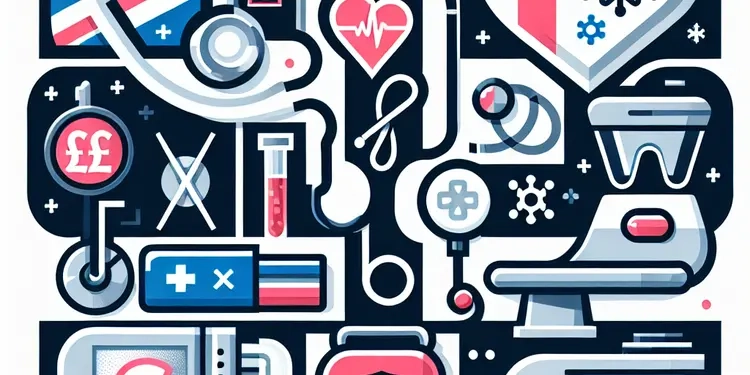
What kinds of cancer screening are available?
Relevance: 23%
-

Can medications affect pregnancy test results?
Relevance: 22%
-

How soon will I see results from Botox?
Relevance: 22%
-

Can stress affect a pregnancy test result?
Relevance: 22%
-

What should I do if I get unclear results on a pregnancy test?
Relevance: 21%
-

What should I do if my home test results are positive?
Relevance: 21%
-
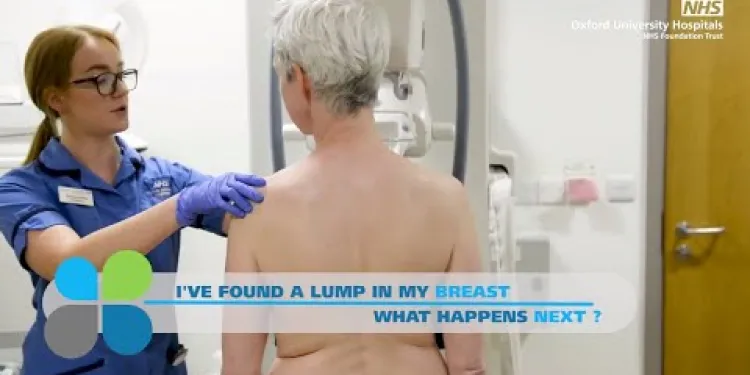
I've found a lump in my breast - What happens next? The breast diagnostic clinic
Relevance: 21%
-
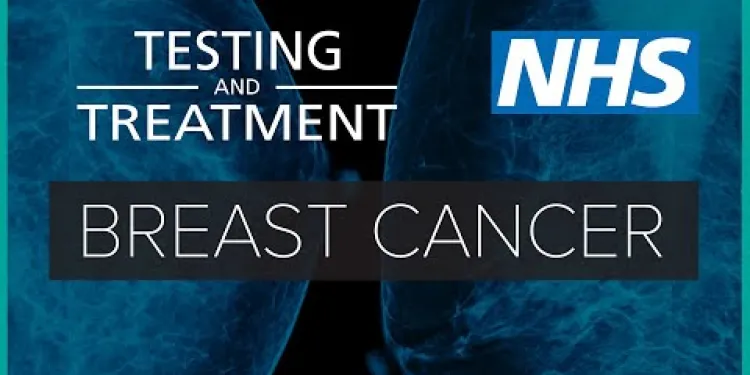
Breast cancer: testing and treatment | NHS
Relevance: 20%
-

How long should I wait to read the results of a pregnancy test?
Relevance: 20%
-

Can drinking a lot of water affect pregnancy test results?
Relevance: 20%
-
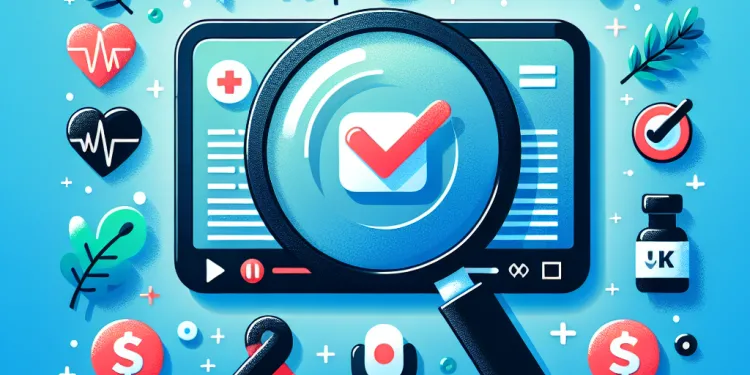
Health Screenings You Should Know About
Relevance: 20%
-
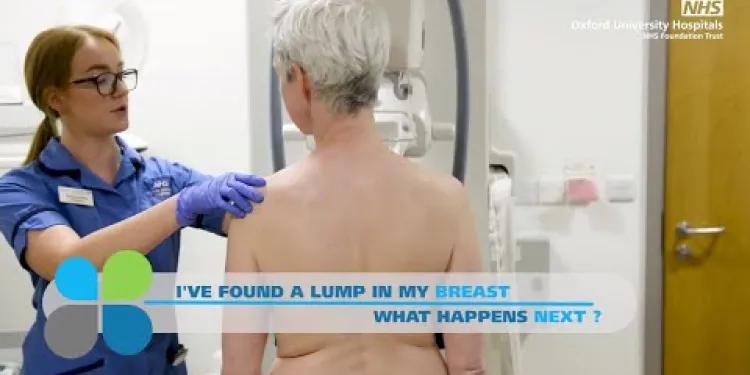
I've found a lump in my breast - What happens next? The breast diagnostic clinic
Relevance: 20%
-

Do morning urine tests give more accurate results?
Relevance: 19%
-
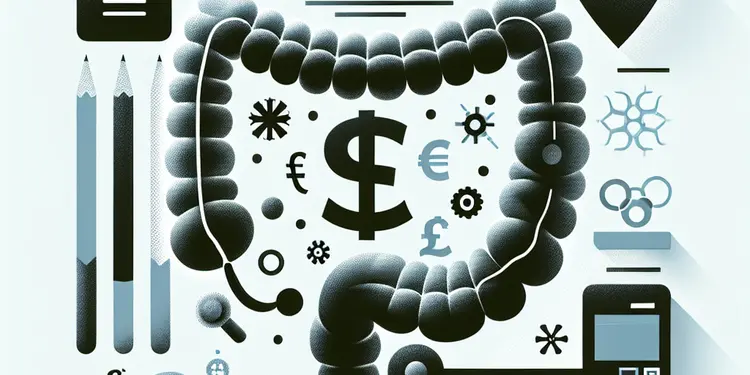
Can lifestyle factors influence the results of a colorectal cancer test?
Relevance: 19%
Understanding Abnormal Mammogram Results
Receiving news that your mammogram results are abnormal can be unsettling, but it’s important to understand what this means and the steps that follow. An abnormal result does not necessarily indicate breast cancer, but it does require further investigation to determine the cause.
What Abnormal Results May Indicate
An abnormal mammogram result means that the radiologist has seen something that needs closer examination. This could be due to a variety of reasons, including dense breast tissue, cysts, or calcifications. It's also possible that the image may not be clear, necessitating a repeat mammogram for more accurate results.
Next Steps After an Abnormal Result
If you receive an abnormal result, your healthcare provider will usually recommend additional tests. These may include another mammogram, known as a diagnostic mammogram, which takes more detailed images of the abnormal area. An ultrasound may also be done to further evaluate the area of concern. In some cases, an MRI or a biopsy may be recommended if there is still uncertainty after initial follow-up tests.
The Importance of Follow-up Appointments
It’s crucial to attend any follow-up appointments your doctor recommends. These additional tests are designed to provide a clearer picture and determine if further action is needed. In many cases, the follow-up tests will reveal that there is no cancer and you've nothing to worry about. However, if you do have a positive result, early detection can greatly improve treatment outcomes.
Emotional Impact and Support
Dealing with an abnormal mammogram result can be emotionally challenging. It’s normal to feel anxious or worried while waiting for further tests and results. You might find it helpful to talk to friends, family, or a support group about your feelings. Your GP or breast care specialist can also offer support and information about what to expect next.
Prevention and Monitoring
Whether or not your follow-up tests show any serious conditions, maintaining regular screening as recommended by your healthcare provider is important. Regular mammograms are crucial for early detection, especially for women over the age of 50, as recommended by the NHS Breast Screening Programme.
Conclusion
Abnormal mammogram results can be concerning, but they are not uncommon. The key is to stay informed and proactive by following up with recommended tests and consulting with your healthcare provider about any concerns you might have. Remember, most abnormal results do not lead to a cancer diagnosis, but taking the right steps can ensure that any issues are addressed promptly.
Understanding Unusual Mammogram Results
If your mammogram test shows unusual results, it can be worrying. But it's important to know what this means and what happens next. An unusual result doesn’t always mean there is breast cancer. It just means that doctors need to look closer to find out why.
What Unusual Results Might Mean
An unusual result means the doctor saw something in the test that needs checking. This could be because of different reasons like dense breast tissue, lumps filled with fluid (cysts), or small spots of calcium (calcifications). Sometimes, the picture might not be clear, so you might need another mammogram to get a better look.
What Happens After an Unusual Result
If you get an unusual result, your doctor will probably ask for more tests. This might be another mammogram with more detail, called a diagnostic mammogram. You might also need an ultrasound to look more closely. If doctors are still not sure, you might need an MRI or a small sample taken from the area (a biopsy).
Why Follow-up Appointments Are Important
It’s very important to go to all follow-up appointments your doctor suggests. These extra tests help doctors see better and decide if anything more needs to be done. Often, these tests show there is no cancer, and you don’t need to worry. But if the test does show cancer, finding it early can help the treatment work better.
How It Might Affect Your Feelings and Getting Support
Hearing you have an unusual mammogram result can make you feel upset or worried. This is normal. Talk to friends, family, or a support group. They can help you feel better. Your regular doctor or a breast care expert can also give you support and tell you what might happen next.
Keeping Up with Tests and Staying Healthy
No matter what your follow-up tests show, it’s important to have regular mammograms, as your doctor advises. Regular checks help find any problems early, especially for women over 50, as suggested by the NHS Breast Screening Programme.
Conclusion
Unusual mammogram results can be scary, but they happen often. The important thing is to stay informed. Make sure to do all the tests your doctor recommends and talk to them if you’re worried. Remember, most unusual results don’t mean cancer. Taking the right steps helps fix any issues quickly.
Frequently Asked Questions
What does it mean if my mammogram results are abnormal?
An abnormal mammogram result means that the radiologist has found something that needs further investigation. It doesn't necessarily mean you have breast cancer.
What should I do if my mammogram results are abnormal?
You should follow up with your healthcare provider for further evaluation, which might include additional imaging or a biopsy.
How common are abnormal mammogram results?
Abnormal mammogram results are relatively common, and most of the time they are due to benign conditions or differences in breast tissue.
Will I need a biopsy if my mammogram is abnormal?
Not necessarily. Further imaging tests like an ultrasound or MRI may be needed first. A biopsy is done only if these tests indicate that it's necessary.
Can an abnormal mammogram result be a false positive?
Yes, many abnormal mammogram results are false positives, where follow-up tests find no cancer.
How long will it take to get additional test results back?
The time can vary, but results from additional imaging tests are often available within a few days. Biopsy results may take a bit longer, usually 1-2 weeks.
What additional tests might be done after an abnormal mammogram?
You may need additional mammographic views, an ultrasound, MRI, or sometimes a biopsy to get more information.
Can an abnormal mammogram be caused by something other than cancer?
Yes, conditions such as cysts, fibroadenomas, or even dense breast tissue can cause abnormalities.
How can dense breast tissue affect mammogram results?
Dense breast tissue can make it harder to see abnormalities on a mammogram, which sometimes leads to an abnormal result that requires further testing.
Is there a risk of developing breast cancer with an abnormal mammogram?
An abnormal mammogram is not a diagnosis but it necessitates further investigation. It increases suspicion, but many abnormal results are not cancer.
Should I consult a specialist if I have an abnormal mammogram?
Your primary care doctor or gynecologist may refer you to a breast specialist for further evaluation.
How often do I need follow-up mammograms if I have an abnormal result?
Follow-up recommendations vary, but often every 6 months may be advised until it's clear the findings are stable or benign.
What emotional support resources are available if I'm anxious about my mammogram results?
Consider reaching out to support groups, a counselor, or talking to your healthcare provider about your fears.
Can lifestyle changes reduce the risk of having future abnormal mammograms?
Maintaining a healthy lifestyle, including regular exercise and a balanced diet, can help reduce overall cancer risk.
Is a digital mammogram more accurate than a traditional film mammogram?
Digital mammograms are often more effective, particularly for women with dense breast tissue, at detecting abnormalities.
Can breast implants affect mammogram results?
Yes, implants can sometimes obscure mammogram images, so additional views or techniques might be used for clarity.
What factors can increase the likelihood of an abnormal mammogram?
Factors include age, having dense breast tissue, a family history of breast cancer, and previous breast biopsies.
How accurate are mammograms in detecting breast cancer?
While mammograms are a crucial tool in detecting breast cancer early, they are not foolproof. There can be both false positives and false negatives.
Can a radiologist explain the abnormalities on my mammogram?
Radiologists can provide information on the findings and may help explain what the next steps are, but you may need to follow up with your healthcare provider for detailed discussions.
Is it advisable to get a second opinion on my abnormal mammogram?
If you're unsure or need peace of mind, getting a second opinion from another radiologist or specialist can often provide reassurance.
What if my mammogram test is not normal?
A strange mammogram result means the doctor saw something that doesn't look normal. It doesn't mean you have breast cancer. They just want to check more to be sure.
What if my mammogram test shows something is not normal?
If your mammogram test shows something is not normal, don't worry. Here are some steps you can take:
- Talk to your doctor. They can explain what the results mean.
- You might need more tests, like another x-ray or ultrasound, to look closer.
- Ask questions if you don't understand. It's okay to ask your doctor to explain again.
- Bring a friend or family member to your appointment for support.
Remember, not all abnormal results mean you have a serious problem.
It's important to see your doctor. They might do more tests like taking pictures or getting a small piece of tissue to look at closely.
How often are mammograms not normal?
Getting a mammogram result that looks different is pretty common. Most of the time, it’s nothing to worry about. It usually happens because of harmless things or changes in the breast.
Do I need more tests if my mammogram is not normal?
Not always. Doctors might first do other tests like an ultrasound or MRI. A biopsy is only done if these tests say it's needed.
Can a wrong mammogram result happen?
Yes, many times when a mammogram test looks different, it does not mean there is cancer. Other tests often show there is no cancer.
When will we get the extra test results?
How long it takes to get results can change. You might get results from extra scans in a few days. If you had a biopsy, those results might take 1 to 2 weeks.
What other tests might be done after a strange mammogram?
If a mammogram looks strange, doctors might need to do more tests. These tests help them understand what's going on.
Here are some other tests they might do:
- Ultrasound: This test uses sound waves to take pictures inside the body. It can help doctors see if something is a lump or just normal tissue.
- MRI: This is a scan that uses magnets and computers to make detailed pictures. It helps see things that might not show on a mammogram.
- Another Mammogram: Sometimes, another mammogram might be needed to take clearer pictures.
- Biopsy: In this test, a small piece of tissue is taken and looked at closely to check for cancer cells.
If you are worried or don't understand something, you can:
- Ask your doctor questions.
- Bring someone with you to appointments to help you remember things.
- Use a notebook to write down information.
These tips can help make things easier to understand.
You might need more pictures of your breast, an ultrasound scan, an MRI, or sometimes a small test called a biopsy to find out more.
Can a different reason make a mammogram look unusual?
Sometimes, a mammogram can look different, and it's not always because of cancer. Here are some reasons why it might look unusual:
- Dense Breast Tissue: Some people have dense tissue in their breasts which can make it harder to see clearly.
- Cysts: These are small, fluid-filled sacs that are harmless but can be seen on a mammogram.
- Calcifications: Tiny spots of calcium can show up and are usually not a problem.
- Previous Surgery: If someone had surgery on their breast, it might make the mammogram look different.
If you get an unusual mammogram, don't worry right away. Doctors can do more tests to find out what's going on.
Helpful Tip: If you find written information tricky, ask someone to read it with you.
You can also use tools like text-to-speech apps to listen to the information.
Yes, things like lumps, cysts, or thick breast tissue can look different and cause changes.
How does dense breast tissue change what we see in a mammogram?
When breasts have dense tissue, it can be harder to see things clearly in a mammogram. Dense tissue is thick, like a strong bush where it is harder to find small things. This means doctors might need to look extra closely.
If you have dense breast tissue, your doctor might suggest other tests. These tests can help them see better. You can also ask your doctor any questions you have. It is always good to know more.
Here are some tips to help:
- Ask your doctor to explain things clearly.
- Use simple words to talk about what you see and feel.
- Bring a friend or family member to help remember what the doctor says.
Having dense breast tissue can make it tricky to see if there are problems on a mammogram. This means sometimes the mammogram might look like there is something wrong, and doctors need to do more tests to be sure.
Tips to Understand:
- Ask a Friend: Talk to someone you trust to help explain.
- Use Reading Tools: Try tools like text-to-speech, which can read out loud to you.
- Take Breaks: Read a bit at a time and take breaks so it's not too much at once.
Can an abnormal mammogram mean a risk of breast cancer?
An abnormal mammogram does not mean you have cancer. It means the doctor needs to look closer. Even if it looks different, it often is not cancer.
Should I see a doctor if my mammogram is not normal?
If your mammogram results are not normal, it might be a good idea to talk to a doctor. They can help you understand what the results mean.
You can ask someone you trust to go with you. This can be a family member or a friend.
It can also help to write down any questions you have before you go. This way, you won't forget to ask them during the appointment.
Your main doctor or the doctor who looks after women’s health might send you to a special doctor for more breast checks.
How often do I need more mammograms if my result is not normal?
Doctors might say to come back in 6 months. They want to make sure everything is okay. They do this until they know for sure that everything is fine and not harmful.
What help can I get if I'm worried about my mammogram results?
If you are feeling worried about your mammogram results, there are people and tools that can help you feel better.
- Talk to someone you trust, like a friend or family member.
- You can speak with a nurse or doctor for information and support.
- There are helplines where you can call and talk to someone who understands.
- Breathing exercises can help you feel calm. Try taking slow, deep breaths.
- Writing down your feelings in a journal can be a good way to feel better.
Remember, it's okay to ask for help when you are worried.
You can talk to people who can help you. Reach out to a support group, a counselor, or your doctor about your worries.
Can changing how you live make future breast check-ups better?
Some things you do every day might help make your breast check-ups better. Here are some simple ideas:
- Eat Healthy: Try to eat fruits, vegetables, and whole grains.
- Exercise: Move your body, like walking or playing, for at least 30 minutes a day.
- No Smoking: It’s good to avoid smoking.
- Limit Alcohol: Try not to drink too much alcohol.
- Regular Check-Ups: Go to the doctor for regular check-ups.
If reading is hard, you can ask someone to read with you. You can also use tools like audiobooks or apps that read text out loud.
Staying healthy can help lower the chance of getting cancer. Try to exercise often and eat a nice mix of foods.
Is a digital mammogram better than a film mammogram?
A digital mammogram is a picture of the inside of the breast taken with a computer. A film mammogram is a picture of the breast taken with film, like an old camera.
Doctors use mammograms to check for signs of breast cancer.
Some doctors think digital mammograms can find problems better, especially in younger women or women with dense breast tissue.
If you are unsure which one is best for you, you can:
- Ask your doctor to explain the differences.
- Use easy-to-read websites or videos about mammograms.
- Bring a friend or family member to your appointment for support.
Digital mammograms can work better to find problems, especially for women with dense breast tissue.
Do breast implants change mammogram results?
Sometimes, breast implants can make it hard to see the pictures from a mammogram. Doctors might use other ways to take clearer pictures.
What can make an unusual mammogram more likely?
Things that can affect breast cancer are:
1. How old you are.
2. Having dense or thick breast tissue.
3. If someone in your family had breast cancer.
4. If you had breast tests before, called biopsies.
To help understand better, you can use tools like text-to-speech programs that read the words for you or colored overlays to make reading easier.
How good are mammograms at finding breast cancer?
Mammograms are special pictures of the inside of the breast. They help doctors find breast cancer. Sometimes, mammograms can miss cancer or show a problem when there is none.
Most of the time, mammograms work well. They can find breast cancer early. This is important because early treatment is better.
If you have questions, talk to a doctor or nurse. They can explain more about mammograms.
Here are some tips to help you understand:
- Ask the doctor or nurse to use simple words.
- Bring a friend or family member to help you remember what the doctor says.
- Write down any questions you have before the visit.
Mammograms help doctors find breast cancer early, but they are not perfect. Sometimes they show cancer when there is none (false positive) or miss cancer when it is there (false negative).
Can a doctor tell me what is different on my breast X-ray?
If you have a mammogram and the doctor sees something different, they can explain it to you. A radiologist is a special doctor who looks at X-rays. They will tell you what they find. It's okay to ask questions if you don't understand. You can bring a friend to help you. You can also ask for a drawing or simple words to make it clearer.
A doctor called a radiologist looks at your scans or X-rays. They can tell you what they see and what might happen next. But for more help, you should talk to your regular doctor. They will explain everything clearly.
Should I ask another doctor about my unusual mammogram results?
When you get your mammogram results, sometimes they might look different or unusual. This can be worrying.
If this happens, you can ask another doctor to look at the results too. This is called getting a second opinion.
Here are some simple steps you can take:
- Talk to your doctor about your concerns. They can help explain what the results mean.
- You can ask for another doctor to check your results. This is to make sure everything is okay.
- If you feel nervous or worried, you can bring a friend or family member with you to your doctor’s appointment. They can support you and help you remember what the doctor says.
Remember, it’s okay to ask questions and to make sure you understand your health information.
If you are not sure or want to feel better, you can ask another doctor to look at your scans. This might help you feel more sure about what is happening.
Useful Links
- Ergsy carfully checks the information in the videos we provide here.
- Videos shown by Youtube after a video has completed, have NOT been reviewed by ERGSY.
- To view, click the arrow in centre of video.
- Most of the videos you find here will have subtitles and/or closed captions available.
- You may need to turn these on, and choose your preferred language.
- Go to the video you'd like to watch.
- If closed captions (CC) are available, settings will be visible on the bottom right of the video player.
- To turn on Captions, click settings .
- To turn off Captions, click settings again.
More Items From Ergsy search
-

What if my mammogram results are abnormal?
Relevance: 100%
-

Mammograms
Relevance: 62%
-

What is a mammogram?
Relevance: 58%
-

What is a mammogram?
Relevance: 57%
-

What happens during a mammogram?
Relevance: 55%
-

How do I book a mammogram?
Relevance: 51%
-

How reliable are mammograms?
Relevance: 50%
-

How do I prepare for a mammogram?
Relevance: 50%
-

Are there any risks associated with mammograms?
Relevance: 49%
-

What steps should I take if a screening test shows abnormal results?
Relevance: 47%
-

Can I have a mammogram if I have breast implants?
Relevance: 46%
-

Is a mammogram painful?
Relevance: 45%
-

How often should I get a mammogram?
Relevance: 44%
-

Can men have mammograms?
Relevance: 43%
-

Are mammograms free on the NHS?
Relevance: 42%
-

At what age should I start having mammograms?
Relevance: 41%
-

What are the benefits of regular mammograms?
Relevance: 39%
-

Is my abnormal heart rhythm dangerous?
Relevance: 36%
-

Is my abnormal heart rhythm dangerous?
Relevance: 35%
-

NHS breast cancer screening
Relevance: 33%
-

Tower Hamlets breast screening programme
Relevance: 32%
-

Other Things You Need to Know About Breast Screening
Relevance: 30%
-

How long does it take to get results from a womb lining test?
Relevance: 27%
-

How long does it take to get results from a womb lining test?
Relevance: 26%
-

Should I share the results of my self-tests with my eye doctor?
Relevance: 24%
-

How long do the results of a facelift last?
Relevance: 23%
-

What kinds of cancer screening are available?
Relevance: 23%
-

Can medications affect pregnancy test results?
Relevance: 22%
-

How soon will I see results from Botox?
Relevance: 22%
-

Can stress affect a pregnancy test result?
Relevance: 22%
-

What should I do if I get unclear results on a pregnancy test?
Relevance: 21%
-

What should I do if my home test results are positive?
Relevance: 21%
-

I've found a lump in my breast - What happens next? The breast diagnostic clinic
Relevance: 21%
-

Breast cancer: testing and treatment | NHS
Relevance: 20%
-

How long should I wait to read the results of a pregnancy test?
Relevance: 20%
-

Can drinking a lot of water affect pregnancy test results?
Relevance: 20%
-

Health Screenings You Should Know About
Relevance: 20%
-

I've found a lump in my breast - What happens next? The breast diagnostic clinic
Relevance: 20%
-

Do morning urine tests give more accurate results?
Relevance: 19%
-

Can lifestyle factors influence the results of a colorectal cancer test?
Relevance: 19%


